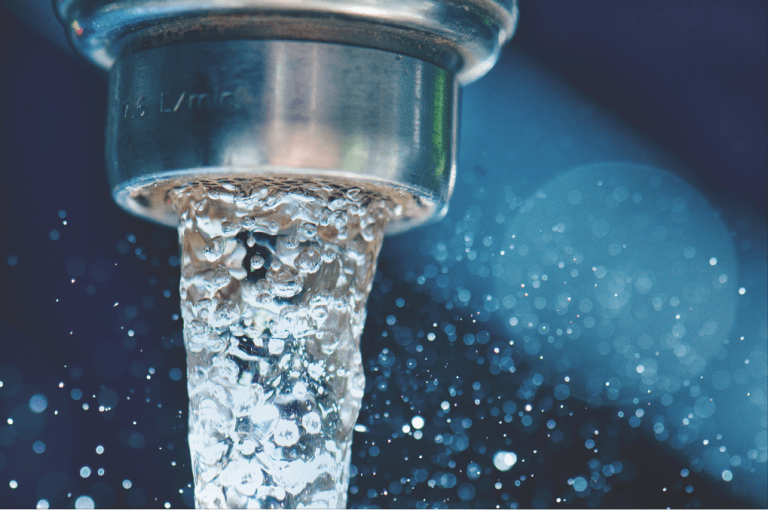
Is your water safe for drinking? Or bathing? Or washing your dishes?
That was the question we sought to answer for Long Island residents with a panel of experts at a recent community forum on the subject hosted by these papers and the Unitarian Universalist Congregation at Shelter Rock in Manhasset.
The answer was more than a little concerning.
The panelists offered different answers on who should oversee Long Island’s water supply but were all in agreement on current health threats, the lack of help expected from the federal government and Long Island’s unique vulnerability to those health worries.
That vulnerability is based on Long Island’s sole reliance for water on aquifers under the ground, which over many decades have come under assault from the activities of a growing population on top of the ground.
These include toxic chemicals, nitrogen released by fertilizers and leaking septic tanks, spills of gasoline and chemicals and commercial manufacturing, often dating back to the Second World War when Long Island was home to companies supporting the war effort such as Grumman and Unisys.
The byproduct of those efforts during World War II is found in toxic plumes emanating from beneath Bethpage and Lake Success. The Bethpage plume stretches for four miles.
The Lake Success plume is monitored and, when needed, treated by Lockheed Martin; the Bethpage plume by Grumman.
Long Island also leads the nation with 250 Superfund sites – land that has been contaminated by hazardous waste and identified by the EPA as a candidate for cleanup because it poses a risk to human health and/or the environment.
In case you haven’t noticed, the environment is not a big priority of the Trump administration and little if any money is on the way from the federal government to help.
But the biggest threat to consumers is 1,4-dioxane — a chemical that the state does not even regulate yet.
The chemical, which is designated by the U.S. Environmental Protection Agency as a likely carcinogen associated with liver and kidney damage, is not removed through conventional treatment methods.
This has created a newfound uncertainty about the safety of Long Island’s drinking water.
Panelist Sarah Meyland, director of Water Resources at New York Institute of Technology, said she could no longer easily answer the question of whether Long Island’s drinking water was safe since “we are finding chemicals that are not as yet regulated, so there are no standards for them.”
The 1,4-dioxane, Meyland said, was part of a new class of toxic chemicals that until now have not been tested.
“Now we’re finding them – all over the United States, not just Long Island,” Meyland added.
To make matters worse, exposure to 1,4-dioxane is not limited to drinking water. The chemical is found in industrial solvents and in trace amounts in cosmetics, shampoos and other home care products.
A report released last week found trace amounts in 65 household products, including baby products, shampoos, detergents and body washes.
Environmentalists and health advocates said the state should implement a new standard for 1,4-dioxane as quickly as possible to protect the public.
One problem is the price tag.
The Long Island Water Conference estimated the cost of treatment systems for 185 drinking water wells known to be contaminated by 1,4-dioxane at $840 million, which could lead to a spike in water rates.
New York state in December set aside $200 million for emerging contaminants like 1,4-dioxane and a pair of similar chemicals.
State Sen. James Gaughran (D-Huntington), who had been chairman of the Suffolk water authority until this year, was quoted by Newsday as saying the state’s investment was a “down payment” on future costs but money was needed beginning this year.
“The costs are so astronomical.” Gaughran said. “This is a total game-changer for the industry.”
Other problems in combating the new chemicals include a lack of agreement on how to treat the chemicals and how soon.
Meyland urged New York state to be more aggressive in dealing with chemicals, an area in which she said the state lags behind other states, and identifying future threats and their source.
She also called for the creation of a groundwater management agency for Long Island as exists elsewhere in the state and the country where surface water resources such as lakes and rivers are under regional management and costs are shared.
Meyland said the management agency should have enforcement authority, oversight on the way permits are given and the say on how water is allowed to be taken.
The other two panelists at the community forum, Dorian Dale, director of sustainability for Suffolk County, and Paul Granger, superintendent of the Port Washington Water District and chairman of the Legislative Committee of the Long Island Water Conference, disagreed.
They said such oversight could be handled by the state Department of Environmental Conservation and groups such as the Long Island Water Conference.
In either case, more must be done to address Long Island’s water by Nassau County representatives in the state Senate and Assembly, who should be more forceful advocates for help.
Those needs are not merely limited to toxic contaminants.
A plan by New York City to reopen wells in Jamaica that are part of Long Island’s aquifer could lower water levels in Nassau to a point that saltwater could contaminate our fresh water supplies – as has already occurred.
So something has to be done.
For an island – which at the moment has no other source for the water we drink and use to wash our dishes and cook – this is literally a matter of life and death.






